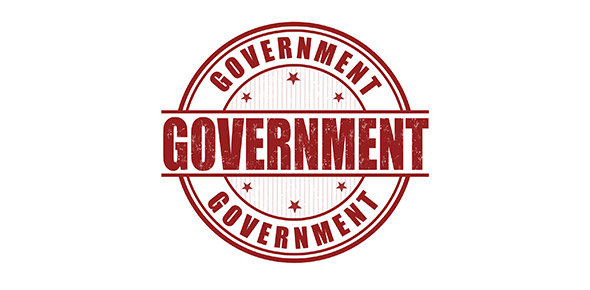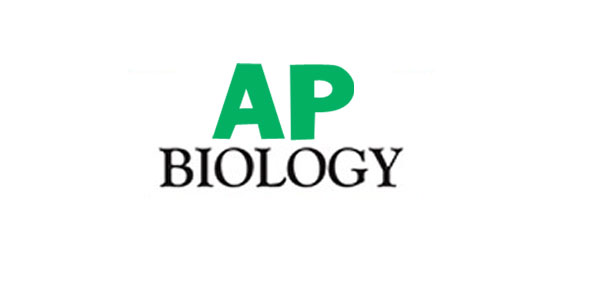Related Flashcards
Related Topics
Cards In This Set
| Front | Back |
|
Bureaucracy
|
According to Weber, a hierarchal authority structure that uses task specialization, operates on merit principle, and behaves impersonally. Governs modern states.
|
|
Patronage
|
A key inducement used by political machines. A job, promotion, or contract given for political reasons, not merit or competence.
|
|
Pendleton Civil Service Act
|
Passed in 1883. Created federal civil service so hiring would be based on merit, not privelege.
|
|
Civil service
|
System of hiring/ promotion based on the merit principle and the desire to create nonpartisan gov't. service.
|
|
Merit principle
|
Hiring based on entrance exams and promotion ratings to make talented/skilled administration.
|
|
Hatch Act
|
Law prohibits gov't. emloyees from active participation in partisan politics.
|
|
Office of Personnel Management
|
In charge of hiring for most federal agencies.
|
|
GS (General Schedule) Rating
|
Schedule for federal employees ranging from GS 1 to GS 18, by which salaries can be keyed to rating and experience.
|
|
Senior Executive Service
|
Elite cadre of about 9,000 federal gov't. managers, established by Civil Service Reform Act of 1978. Mostly career officials, but some political appointees, not needing Senate confirmation.
|
|
Independent regulatory commission
|
Gov't. agency responsible for some sector of the economy. Makes/ enforces rules to protect public interest. Judges disputes over these rules.
|
|
Government corporation
|
Gov't. organization that, like business corporations, provides service that could be provided by private sector and typically charges(Ex: US Postal Service).
|
|
Independent executive agency
|
Gov't. not accounted for by cabinet depts., independent regulatory commissions, and gov't. corporations. Administrators usually appointed by the president (Ex: NASA).
|
|
Policy implementation
|
Stage of policymaking between establishment and consequences for whom it affects. Involves translating goals and objectives into operating, ongoing program.
|
|
Standard operating procedure (SOP)
|
Used by bureaucrats to bring uniformity to complex organizations. Improves fairness and makes personnel interchangeable.
|
|
Administrative discretion
|
Authority of administrors to select response to a given problem. Greatest when SOP doesn't fit case.
|






